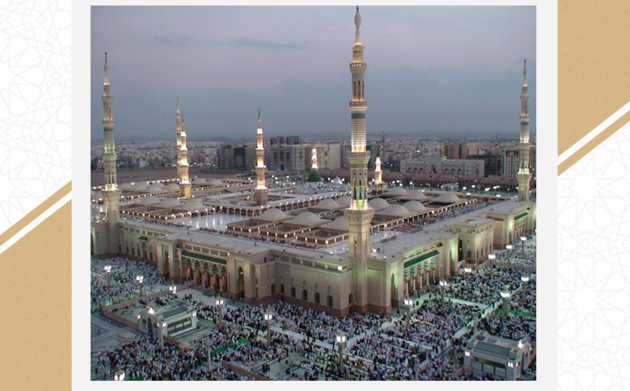Coming after the worst of Covid-19, this year's Hajj is one of the most significant on record. In the early seventh century, the Prophet Mohammed took more than 1,000 companions on his first Hajj, a three-day holy pilgrimage to the city of Makkah, in modern-day Saudi Arabia, following in the footsteps of the Prophet Ibrahim. The number of pilgrims making the journey has increased dramatically since then and has grown nearly every year. These days, Hajj routinely attracts around 2 million people each year. It is one of the largest annual gatherings on the planet, The National News writes.
Managing the responsibility for its oversight is Saudi Arabia's Ministry of Hajj and Umrah, which has the complex task of maintaining the Hajj’s personal essence while safeguarding the huge crowds in attendance.
The vast majority of attendees experience only the spiritual elevation of the event. But it is also a demanding ritual and with so many people in a small area, there have, tragically, been accidents in the past. Preventing them remains a priority for Saudi authorities, who meet the challenge with constant vigilance and adaptability.
In 2022, pilgrims will see exciting new examples of how Saudi Arabia is using modern means to support them and maintain safety. At Madinah’s Prince Mohammed bin Abdulaziz International Airport, arrivals who fall ill will be offered state-of-the-art technology that allows doctors in Riyadh, more than 700 kilometres away, to diagnose them by hologram. With the patient standing in front of a machine, the healthcare professional can analyse vital signs and prescribe medication. Health authorities are also providing round-the-clock medical assistance through a toll-free number 937 and an app, Sehhaty. During the pilgrimage, 2,000 electric vehicles will be on hand to help people with disabilities and the elderly at the Grand Mosque. Electronic umbrellas will be in operation to protect people from the sun and robots will dispense bottles of water.
This year, the focus on robust health measures is about more than taking care of people. It is also about celebrating the fact that pilgrimage on a large scale is back after necessary controls during Covid-19.
Modern approaches are not just about keeping people safe. Technology is also simplifying the often complicated logistical burden placed on individual pilgrims, as well as dealing with inevitable short-term complications and, sometimes, wrongdoers. Last week, the Hajj and Umrah Ministry announced a set of alternative flights and facilities for people who faced technical difficulties on the kingdom's new electronic registration platform. On Thursday, Saudi authorities arrested 15 people after fake services were allegedly offered by people trying to profit from the illegal practice. The country is increasingly using official online platforms to dissuade criminals from using social media to con pilgrims, as well as to ensure visitors get the services for which they paid.
Technology is even overcoming language barriers. Another online service, the Arafat Sermon app, will provide a live translation in 10 languages. Last year's roving translation robots, which provided services in 11 languages, are also in operation.
Hajj is about tradition and the timelessness of Islam's message. But to appreciate this, a great deal of worldly planning is needed. As Saudi Arabia gears up for the most significant pilgrimage in recent years, it has a perfect opportunity to not just show the most accessible era in Hajj's history, but also a changing country, whose development is making this globally significant shift possible.






